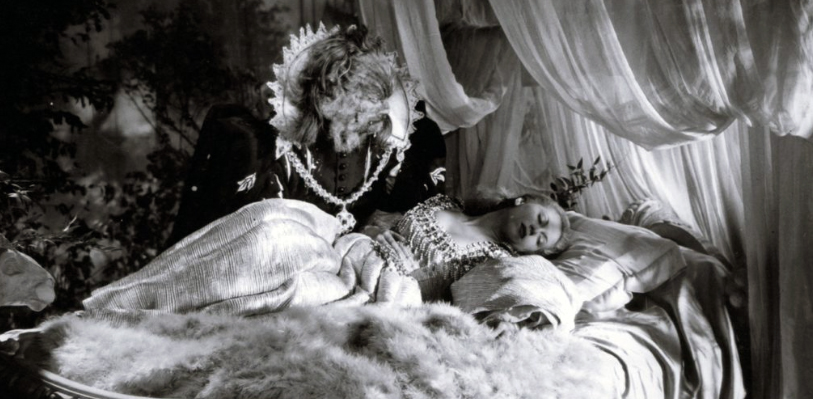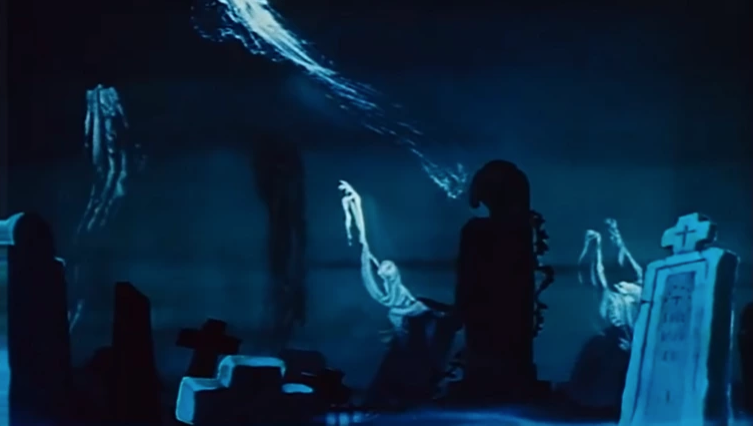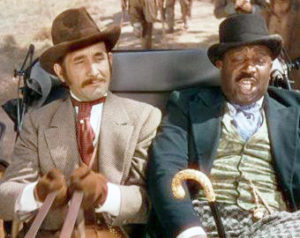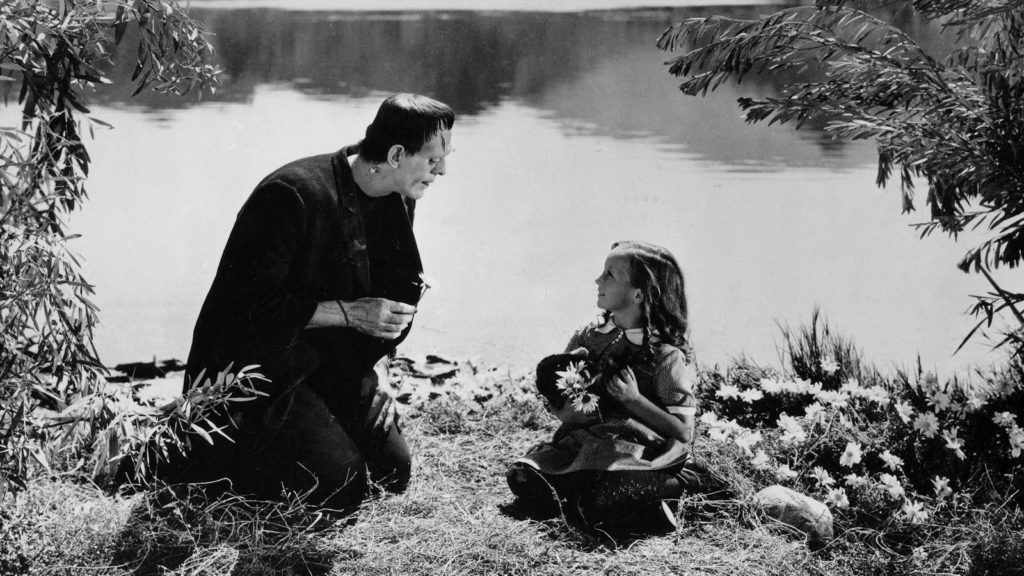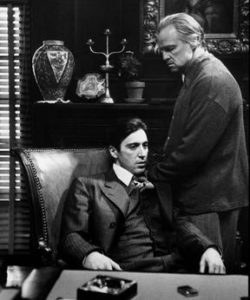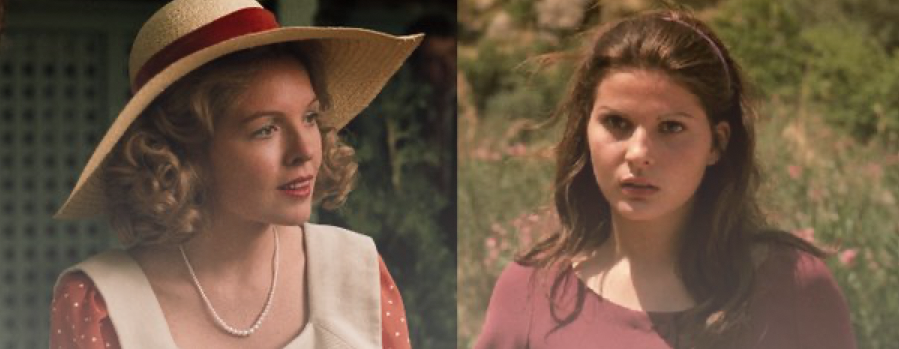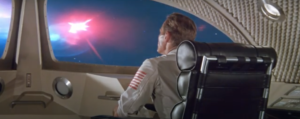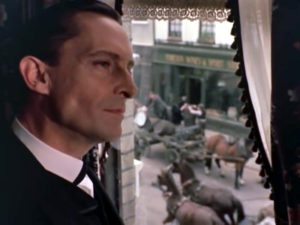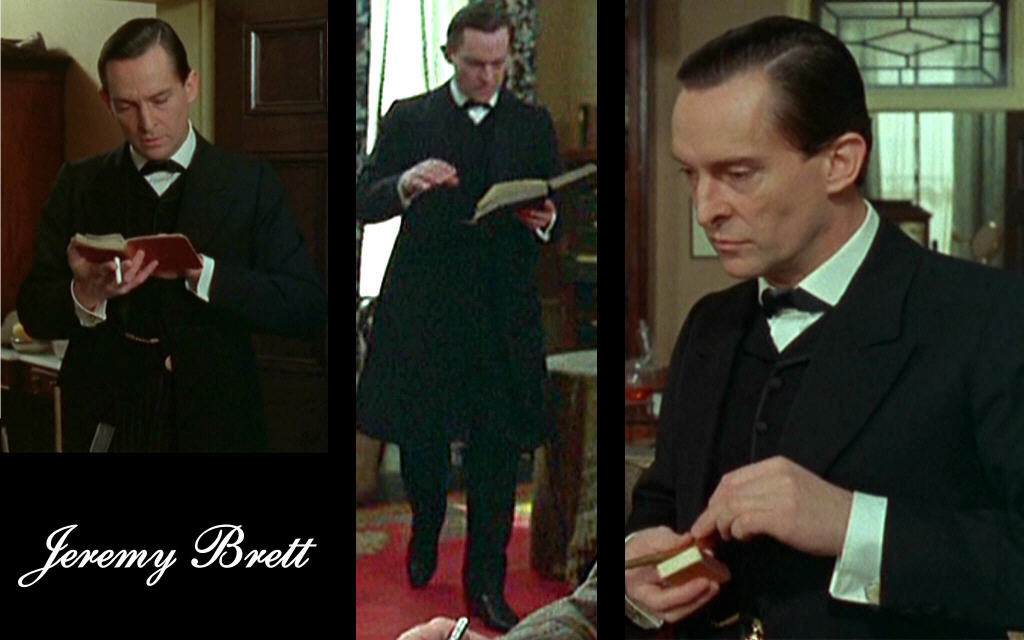Like Beauty and the Beast, this is another film that was shot while the Hellstorm Holocaust was being perpetrated. What if it were possible for the Anglo-Saxons and Anglo-Germans who fought against Germany in the 1940s to see our Woke century thanks, as in the film, to a guardian angel? Just as George Bailey, the central character in It’s a Wonderful Life, after the vision of the nasty alternative world shown to him by the angel decided not to kill himself, would these soldiers of the 1940s decide to fight Hitler?

My father loved a couple of Frank Capra films, including It’s a Wonderful Life. When I saw this film as a teenager, it was easy to grasp this idealised vision of American culture in those days. George Bailey’s Aryan children couldn’t help but make a good impression on the teenage César who, decades ago, was unaware of what the Allies had done to the Germans. Had I known, I wouldn’t have been left with the inspiring impression I was left with when I saw It’s a Wonderful Life.
With the above I have said all that can be said about this 1946 film, but I would like to use this evening to talk about the last film I saw tonight: the last film I will ever see on the big screen, inasmuch as, after tonight’s experience, I will never enter a cinema theatre again.
At this stage of my life it is extremely rare for me to go to cinemas. Before tonight, the last one I saw was The Northman, a film I debunk here despite the fact that many racialists loved it.
 Given that Ridley Scott had made films like Gladiator and Kingdom of Heaven, I figured I might be entertained this Sunday with Napoleon (2023 film), that I thought it would be one more of those silly, though highly entertaining, Hollywood movies. What a surprise as soon as the film started!
Given that Ridley Scott had made films like Gladiator and Kingdom of Heaven, I figured I might be entertained this Sunday with Napoleon (2023 film), that I thought it would be one more of those silly, though highly entertaining, Hollywood movies. What a surprise as soon as the film started!
Il y a une autre canaille à laquelle on sacrifie tout, et cette canaille est le peuple. —Voltaire [1]
The only memorable scene is the first one. A number of times on The West’s Darkest Hour I have repeated what I read in Pierce and Kemp’s histories of the white race: that the French revolutionaries guillotined a large number of blondes. This is clear in the first scene of Napoleon when the rabid mob, a mob in which I saw no blondes by the way, cut off the head of Empress Marie Antoinette. If Hitler had won the war there would already be several films in which we would see Marie Antoinette and other French blondes as the victims and the mob as canaille!
After Prometheus I hadn’t seen another grotesque disaster filmed by Scott. Unlike Gladiator and Kingdom of Heaven, Napoleon is filmed in dull colours: a sign of the decadence of recent years when even the vivid technicolour of yesteryear has mutated into the ochre tones of this decadent age. But that’s not the worst of it.
Scott uses Napo’s life to promote typical Woke propaganda, painting Empress Josephine as a character on par with that of her husband Napo. And even worse, Scott throws in a few Negro actors in Republican France here and there—even black children!
As I was saying, I will never enter a cinema again for the rest of my life. The only way for me to do so would be if there was a racial revolution in some Western country, the new government asked me to emigrate there to lend my services to the new state, and a cinematic art emerged that is perfectly antithetical to the merde we see in today’s cinema. As it is highly doubtful that this will happen, I will never see the big screen again.
By the way, although I watched Scott’s Napoleon this evening, and also tonight Sunday 26 November I wrote this review, I will post this entry after midnight.
_________
[1] There is another rabble to whom we sacrifice everything, and this rabble is the people. —Voltaire
